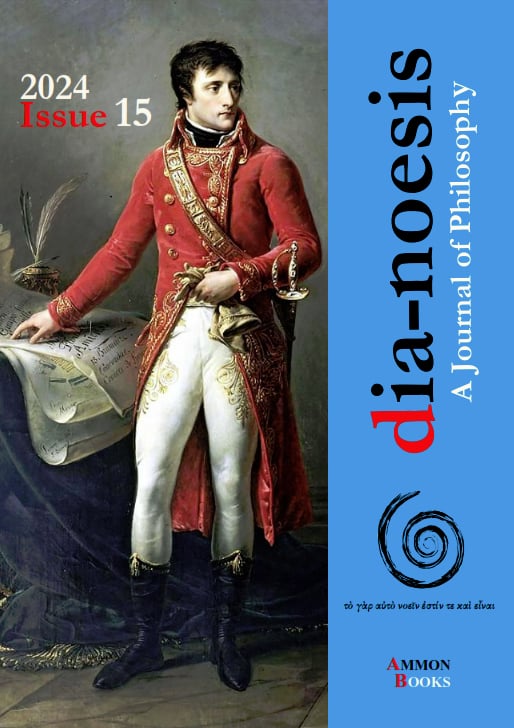From Participatory Leadership to Digital Transformation under the interpretation of Political Philosophy: Types of Leadership in Education and School Administration

Abstract
Leadership is a field of inquiry and a practical skill that involves the ability of an individual or organization to "lead" or guide other individuals, groups, or entire organizations. Academic settings define leadership as a process of social influence in which an individual can help and support others in accomplishing a shared task. Leadership from a European and academic perspective includes a view of a leader who can be motivated not only by community goals but also by the pursuit of personal power, but also emerges from a combination of many factors. In recent years, scientific interest has focused on the investigation of parameters related to school leadership, in an effort to upgrade the quality of the educational work provided and also more efficient operation of the school unit. Particular emphasis is still placed on the systematic utilization of new technologies in the entire range of administrative and teaching functions, underlining the multiple advantages they entail. The modern school leader must combine a variety of skills in order to adequately cope with his role. In this context technology is an integral part of school leadership in the sense that the profile of the digital leader is an amalgam of effective leadership styles (distributed, transformational, pedagogic) in which technology is a fundamental component.
Article Details
- How to Cite
-
Vavouras, E., Koliopoulou, M., & Manolis, K. (2024). From Participatory Leadership to Digital Transformation under the interpretation of Political Philosophy: : Types of Leadership in Education and School Administration. Dia-Noesis: A Journal of Philosophy, 15, 153–170. https://doi.org/10.12681/dia.38171
- Section
- Articles


